According to Dr. Lawrence Wilson, “The will to survive is the will to stay in one’s body and keep the body healthy and alive.” In other words, it’s the mental strength to endure despite tough odds and crap situations. It’s this will to keep on living that will help get you through the survival situation. You have to have a reason to keep on keepin’ on, or else you’ll give up, and then it’s game over.
There was an entire module of training in my Air Force survival on this very topic. Plus in the survival manual they hand out to flyers deploying to a hostile environment, there is a section dedicated to it as well. It’s a real thing, and there are steps you can take to help strengthen your own will to survive.
The next part is exercise. You do not want to be in poor health when you find yourself in a survival situation. It’s only going to get worse as the days go on, and if you aren’t in the good health beforehand, it’s going to make things tougher. That stress and hurt is going to wear on you physically. Once the physical stress sets in, it starts eating away at your mental strength and keeping that will to survive gets harder to maintain. So eat right and exercise, and it will pay dividends if you find yourself in the suck.
It’s going to suck. Survival isn’t fun. If you’re having fun surviving, then you’re camping. So you need to do everything humanly possible to endure that suck. Because once the will to survive goes, it doesn’t matter if you have a freshwater natural spring and a pizza joint right next to your survival location, you won’t make it. I’ve started watching television program called Naked and Afraid. It puts two survival experts together in a harsh environment without any clothes and only one survival tool apiece to help them. The pair then has to survive for 21 days. It becomes obvious when the participants lose their will to survive. They become depressed, they panic, and they usually end up tapping out and going home.
An amazing story of survival goes to hiker, Aron Ralston who fell down a slot canyon in eastern Utah and got his arm trapped by a heavy boulder. Ralston spent five days pinned by the boulder until he decided that he needed to initiate his own rescue. Through an incredible will to survive, Ralston used a pocketknife to cut his own trapped arm off at the elbow and hike out to safety.
Don’t forget to vote on what you want me to cover in the bonus blog post. You can vote here! I’ll pick the top three topics and share some wisdom. If you don’t see a topic listed in the poll, go ahead and vote other and shoot me a message on what you’d like to know about.
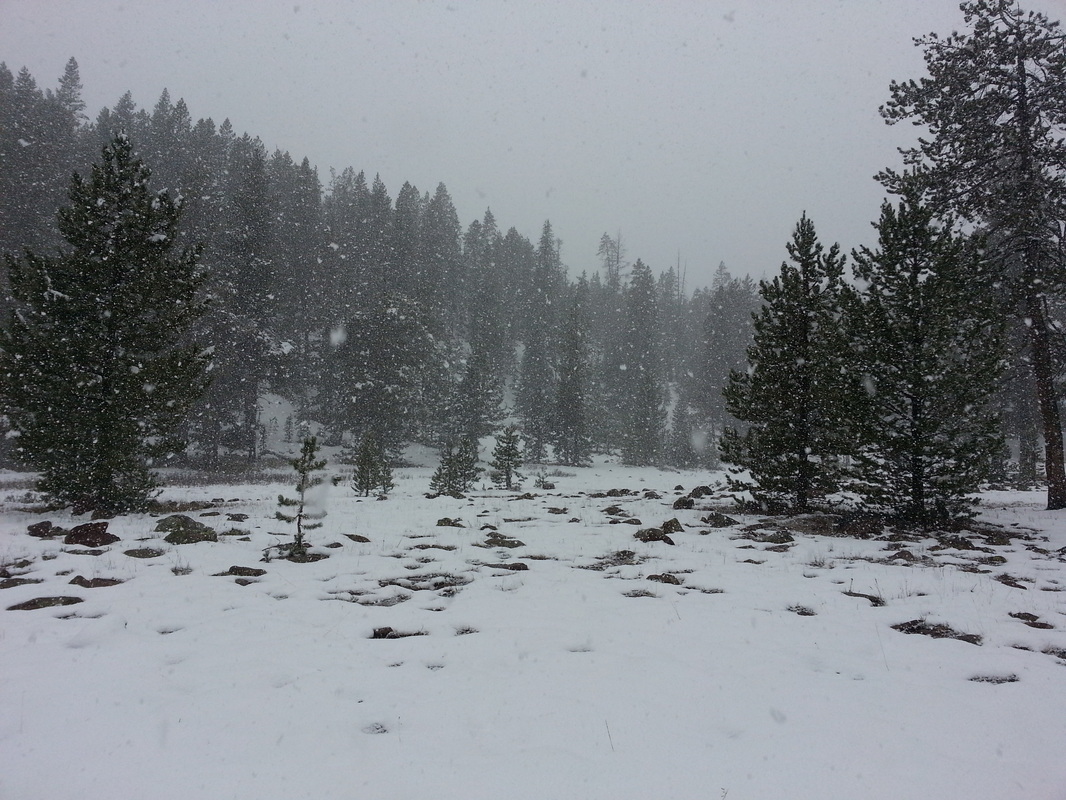
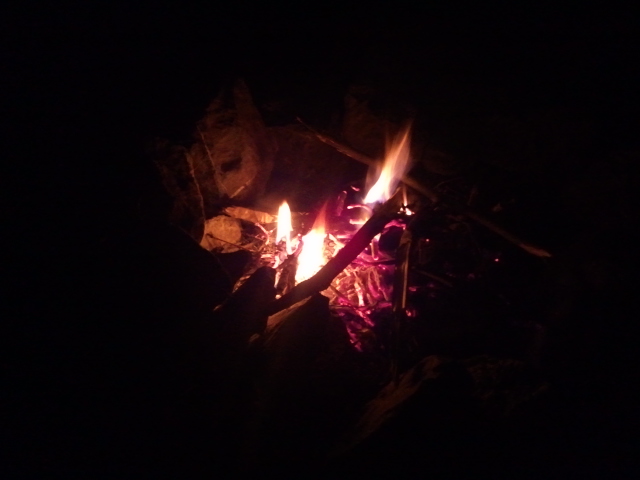
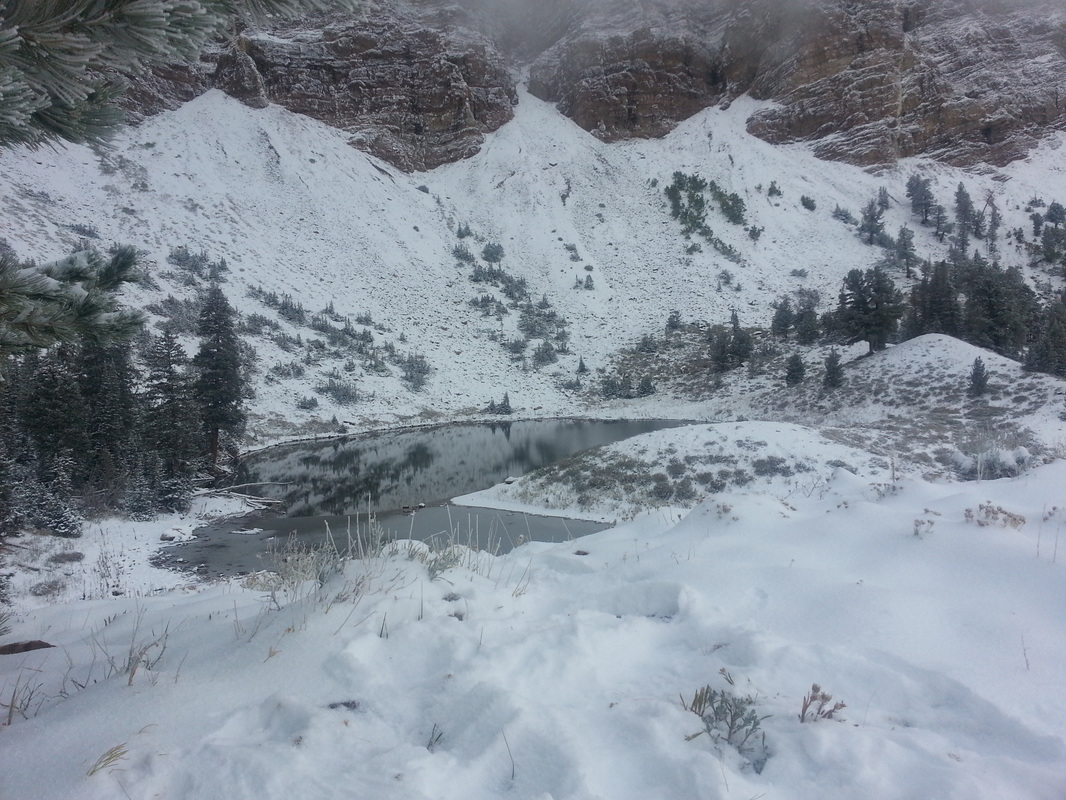

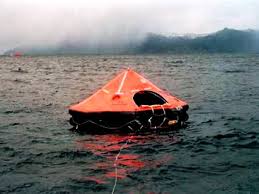
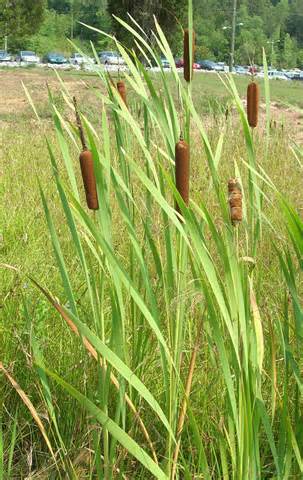
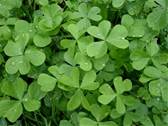
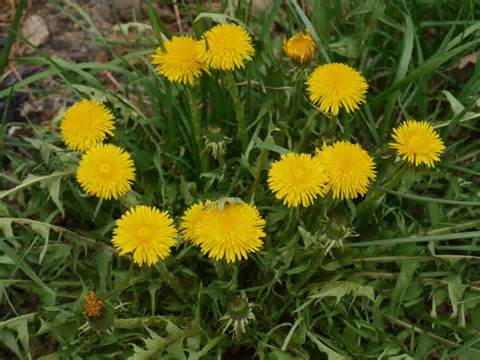
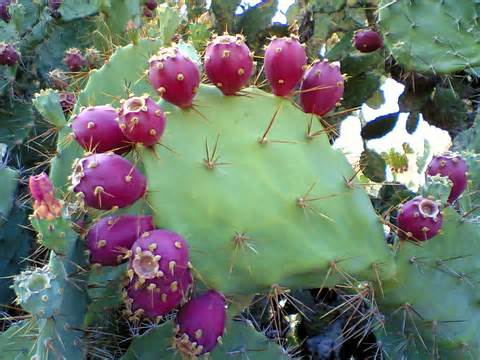
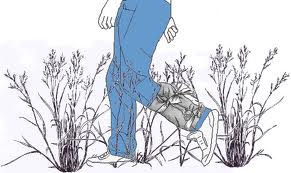
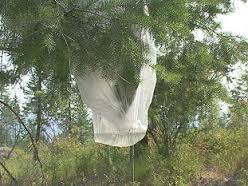
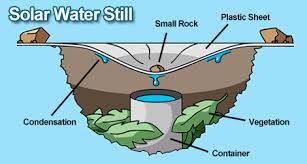
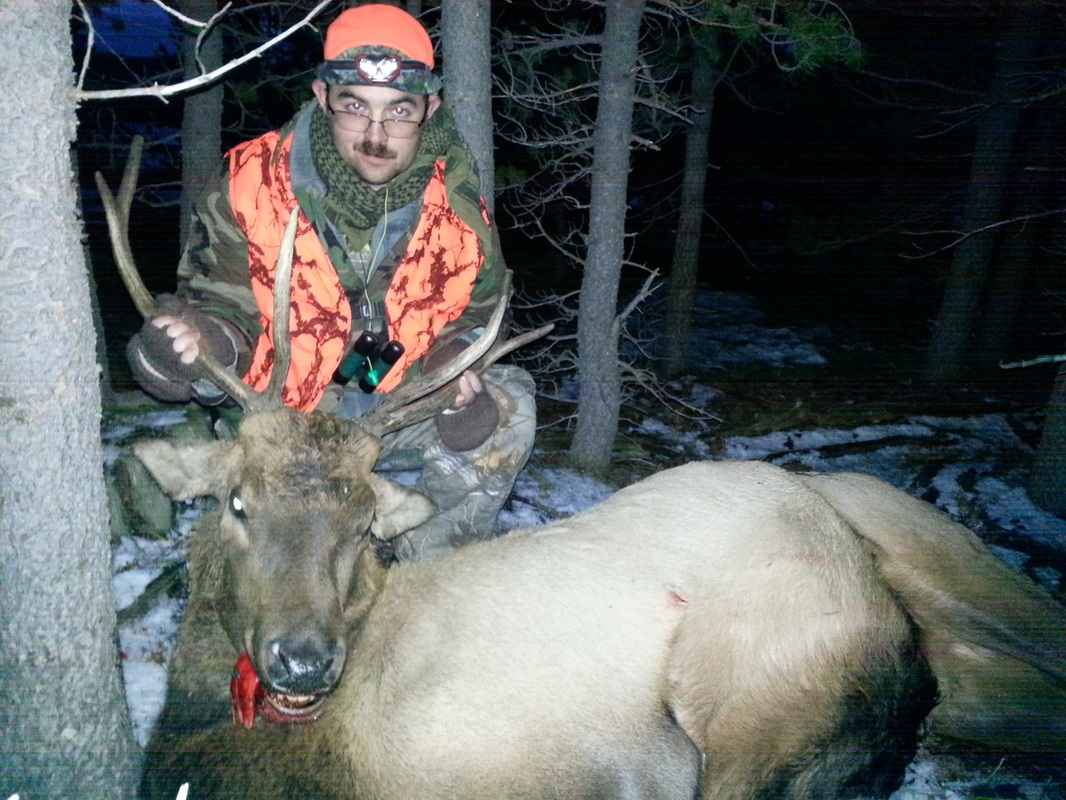
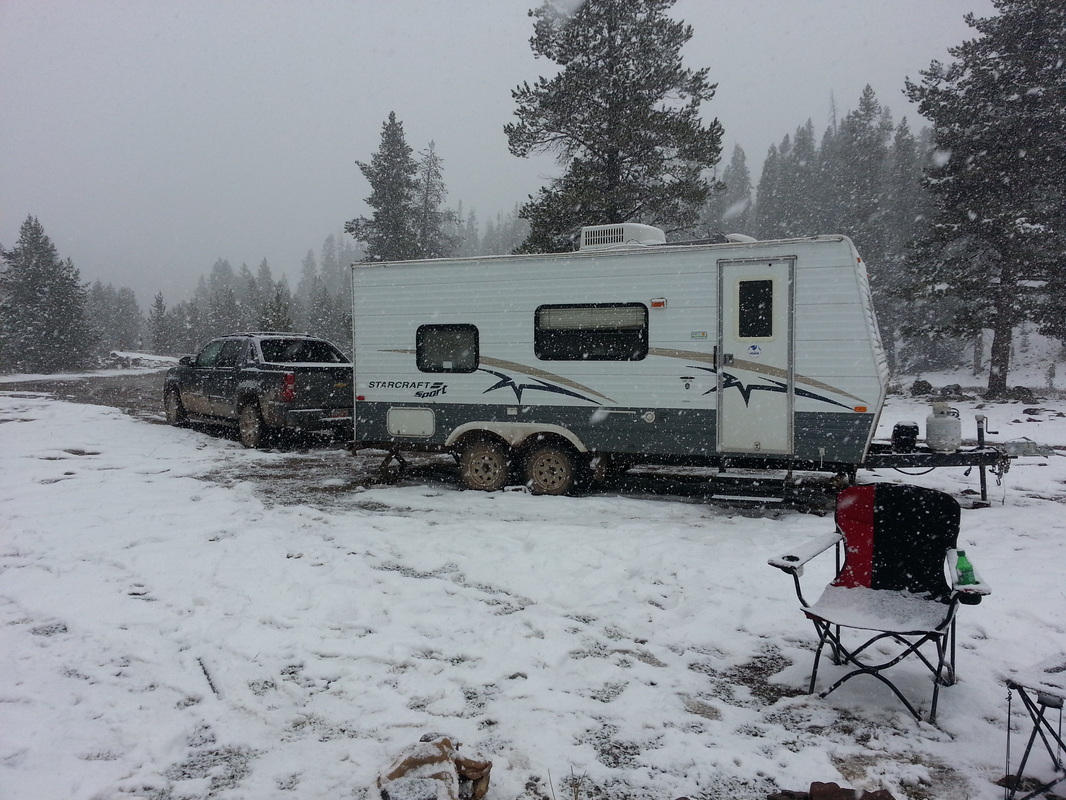
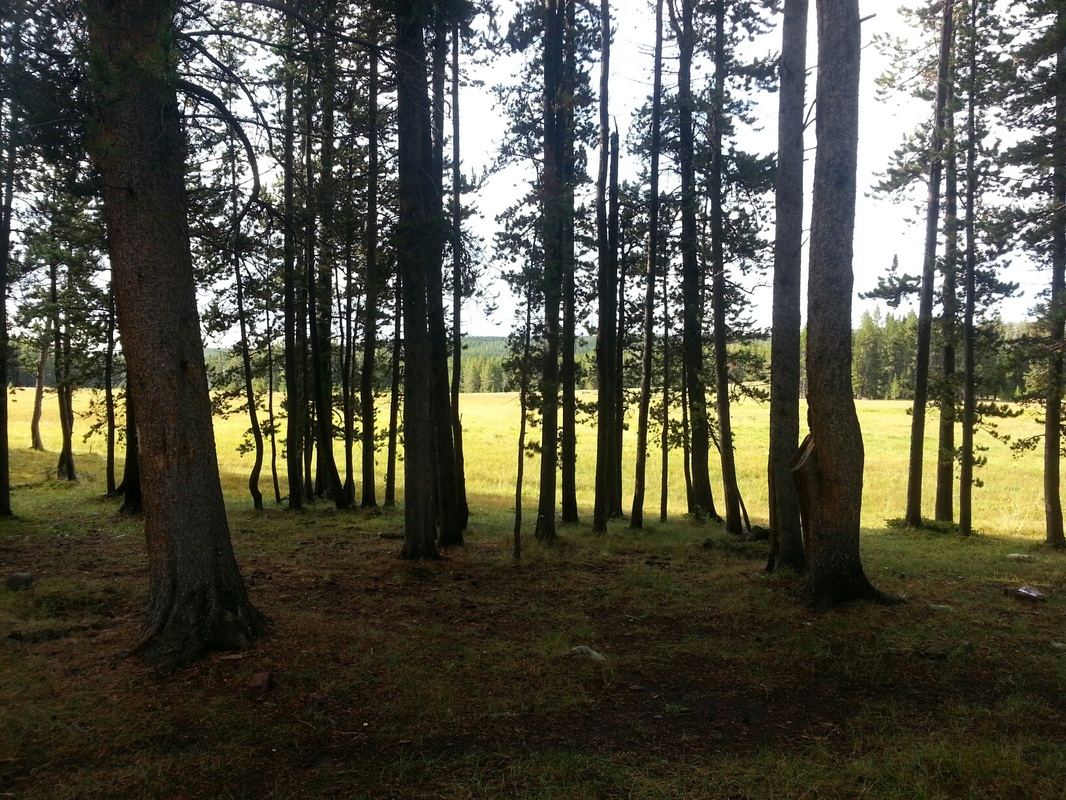
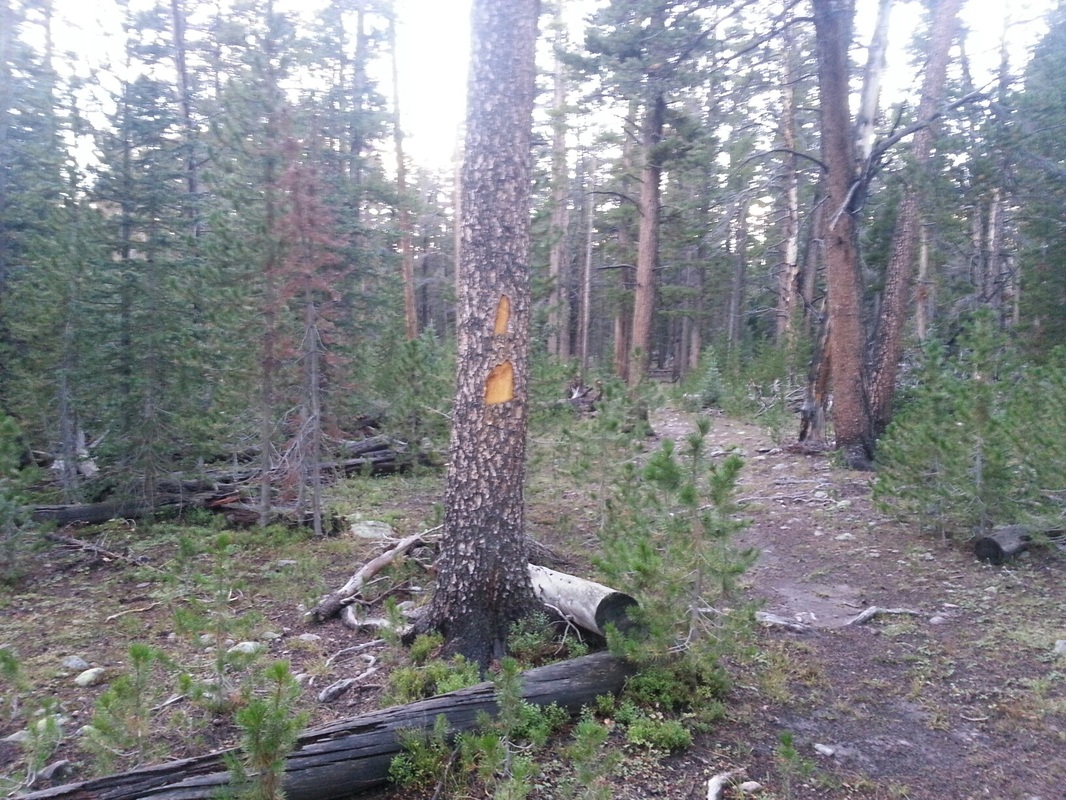
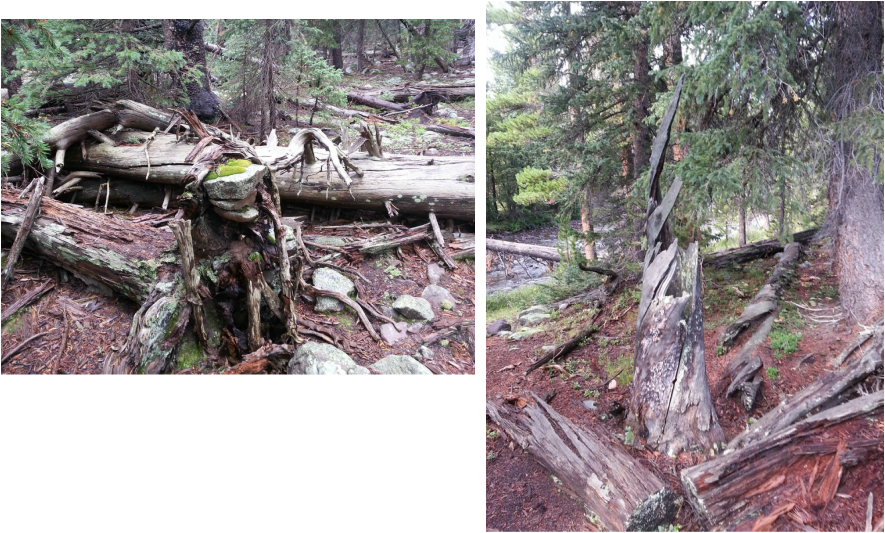
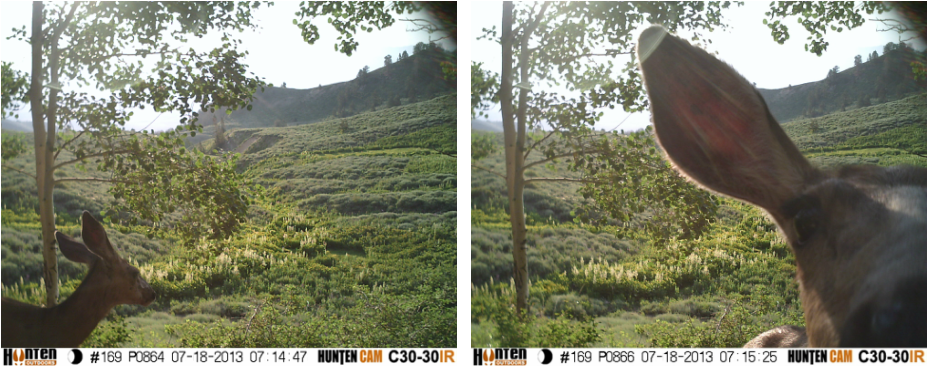

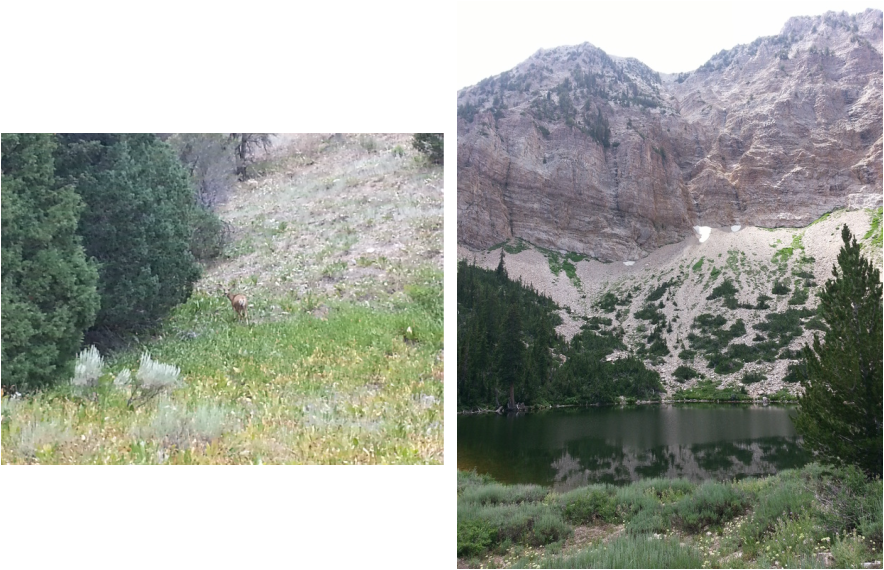
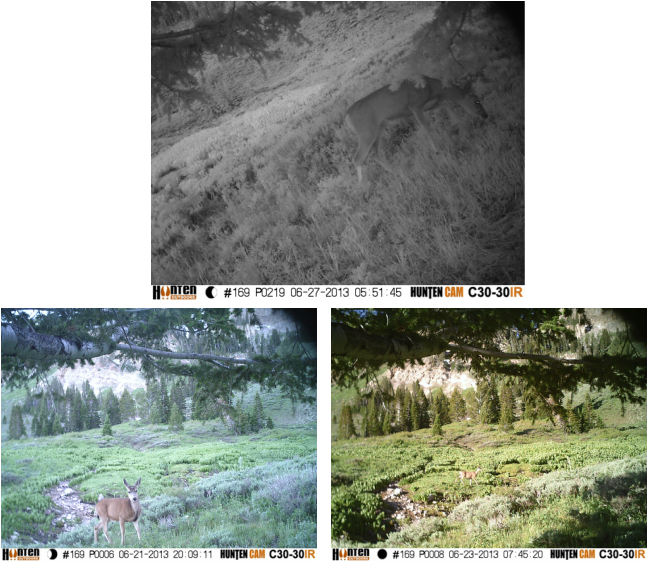
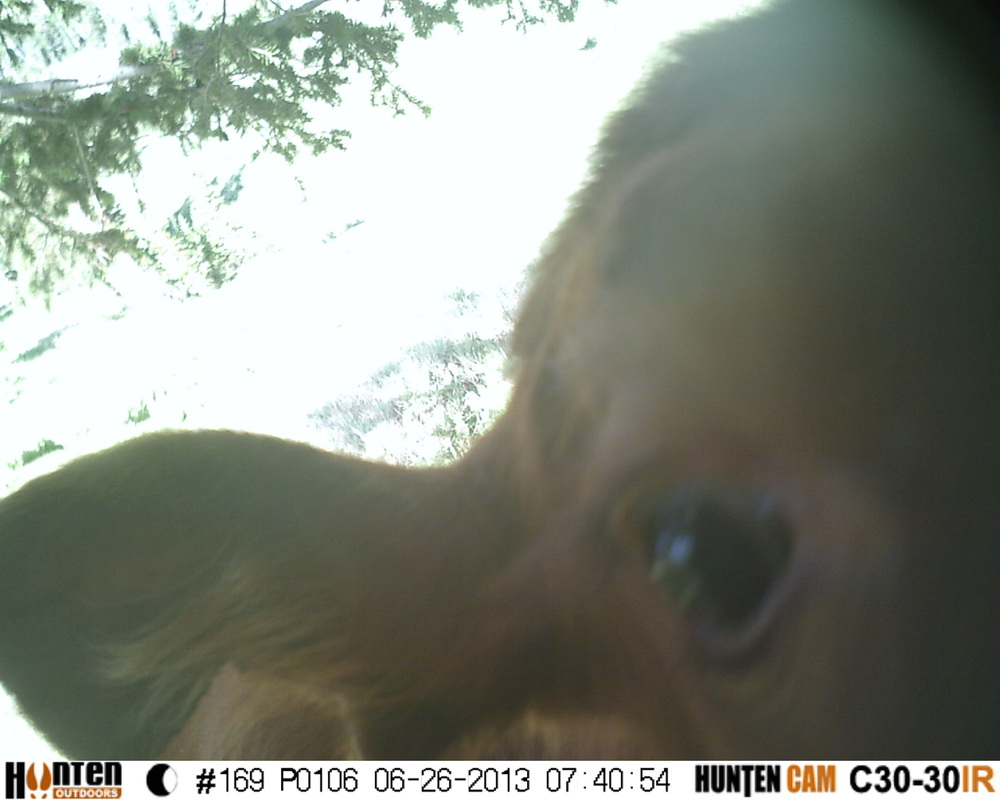
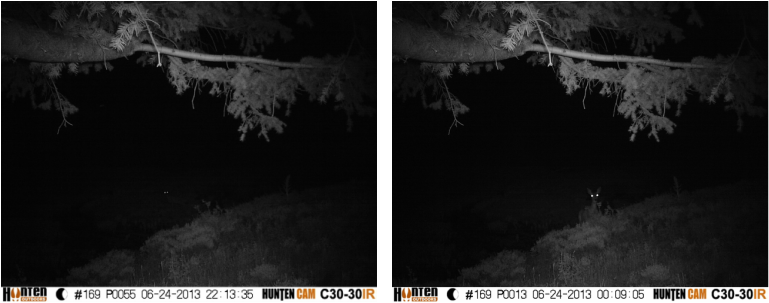
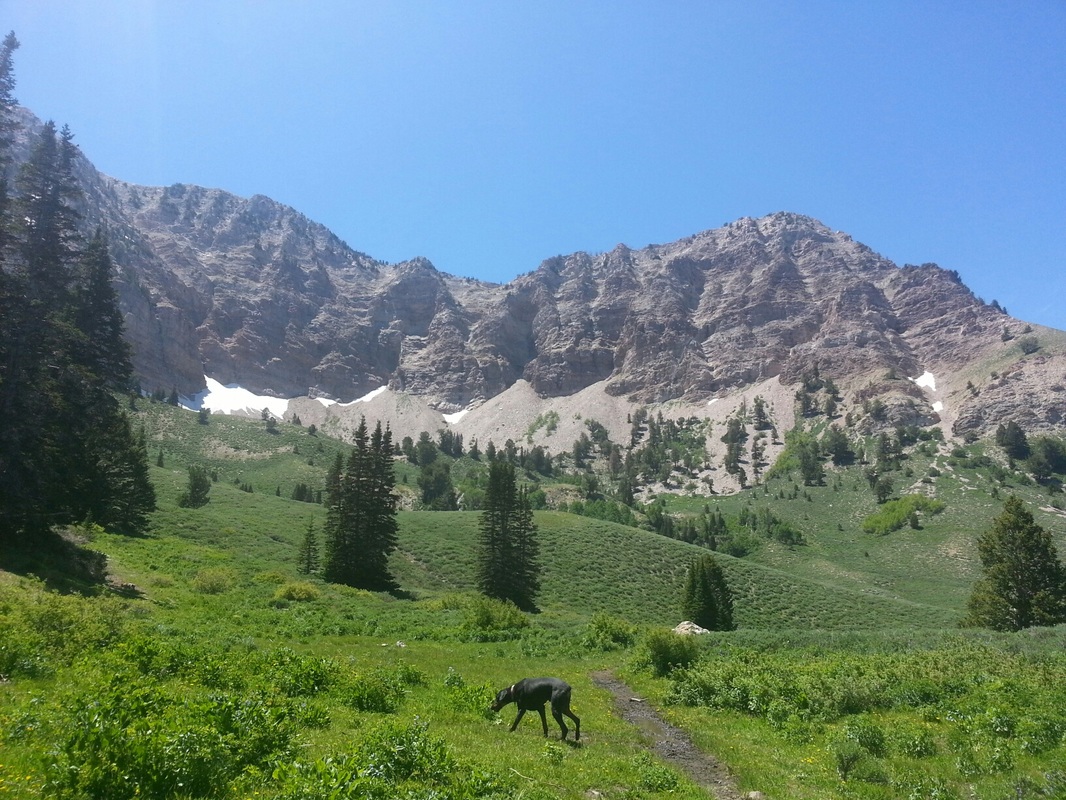
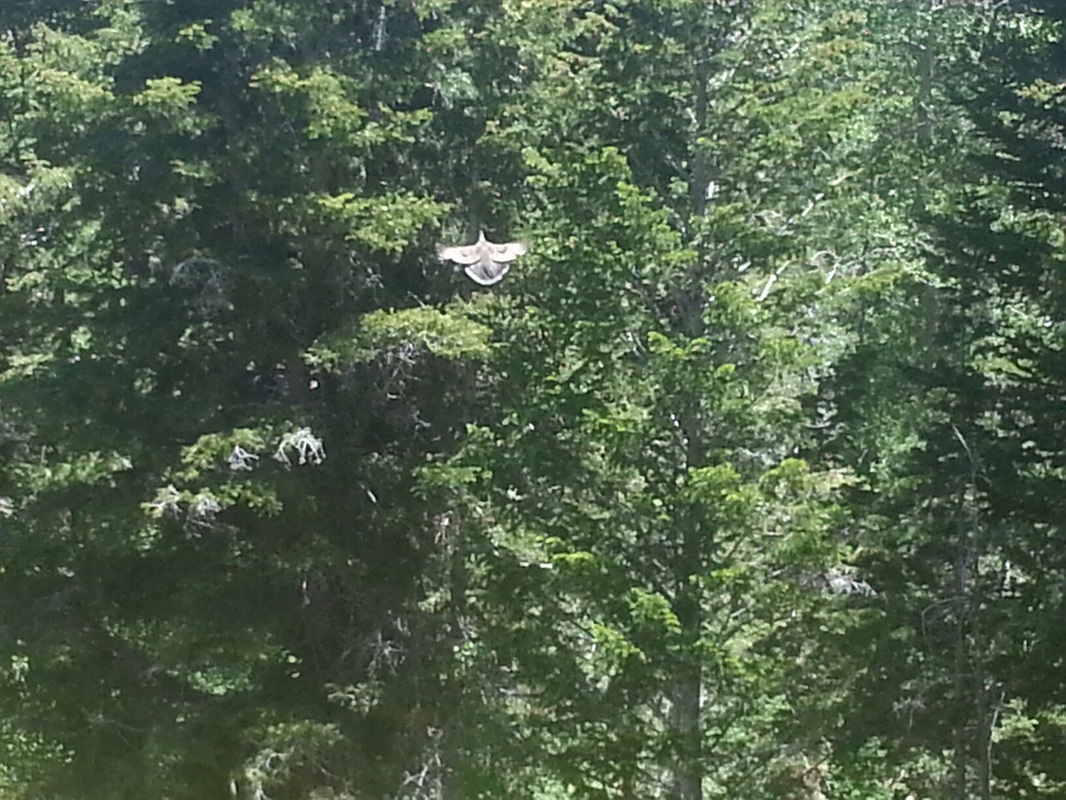
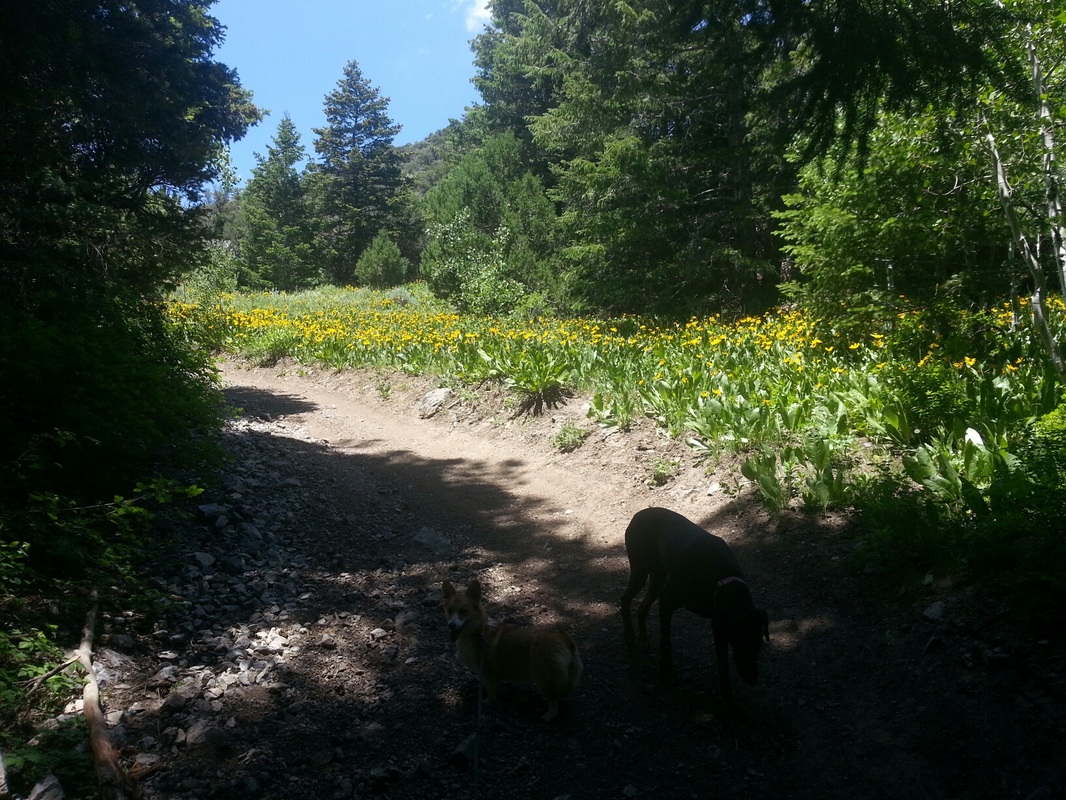
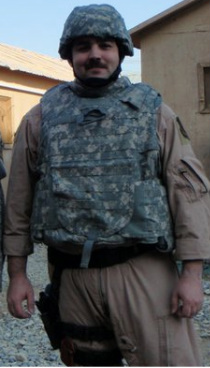

 RSS Feed
RSS Feed